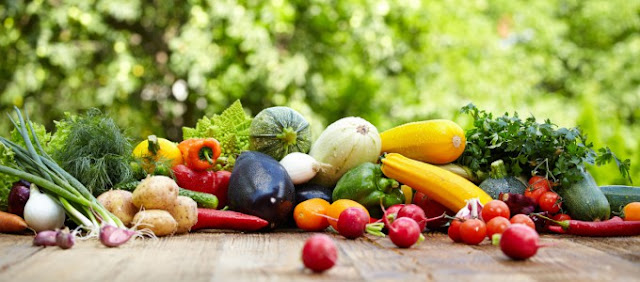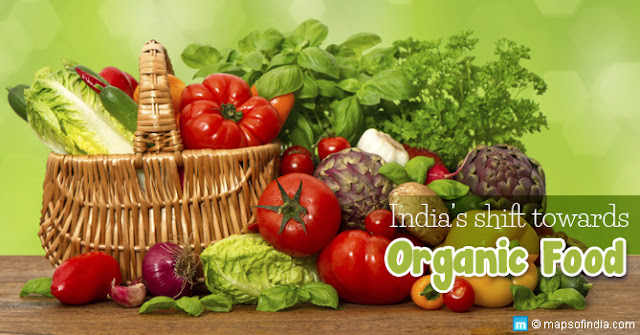Locally Grown Food
Locally grown food is just what it sounds like--food which is grown near where you live. Buying food from within your community can help preserve habitat for wildlife, save energy, and grow your local economy. The following topics will help you decide for yourself that locally grown food is the way to go.
Community Supported Agriculture
Community Supported Agriculture consists of one or more farmers and many individuals or families from the community who pledge financial support to a farm operation. The farmers and consumers provide mutual support and share the risks and benefits of food production. Typically, members or "share-holders" of the farm pledge in advance to cover the anticipated costs of the farm operation and farmer's salary. In return, they receive “shares” or a regular portion of the harvest from the farm's bounty throughout the growing season, as well as satisfaction gained from reconnecting to the land and participating directly in food production. Members also share in the risks of farming, including poor harvests due to unfavorable weather or pests. By direct sales to community members, who have provided the farmer with working capital in advance, growers receive better prices for their crops, gain some financial security, and are relieved of much of the burden of marketing. Members benefit because they receive a wide diversity of fresh, local produce harvested at the peak of freshness and flavor.Energy Conservation
Buying locally grown foods decreases dependence on petroleum, a non-renewable energy source. One-fifth of all petroleum used in the United States is used in agriculture. Some statistics show that the average distance food travels in distribution is 1,500 miles. By learning to eat foods that are locally available and in season, families can do their part to save energy. By buying local, you can conserve the large amount of energy used in both the packaging and shipping of food.The benefits of locally grown food
Financial: Money stays within the local economy. More money goes directly to the farmer, instead of to things like marketing and distribution.Transportation: In the U.S., for example, the average distance a meal travels from the farm to the dinner plate is over 1,500 miles. Produce must be picked while still unripe and then gassed to "ripen" it after transport. Or the food is highly processed in factories using preservatives, irradiation, and other means to keep it stable for transport.
Freshness: Local food is harvested when ripe and thus fresher and full of flavor.
Small local farmers often use organic methods but sometimes cannot afford to become certified organic. Visit a farmer’s market and talk with the farmers to find out what methods they use.





Comments
Post a Comment